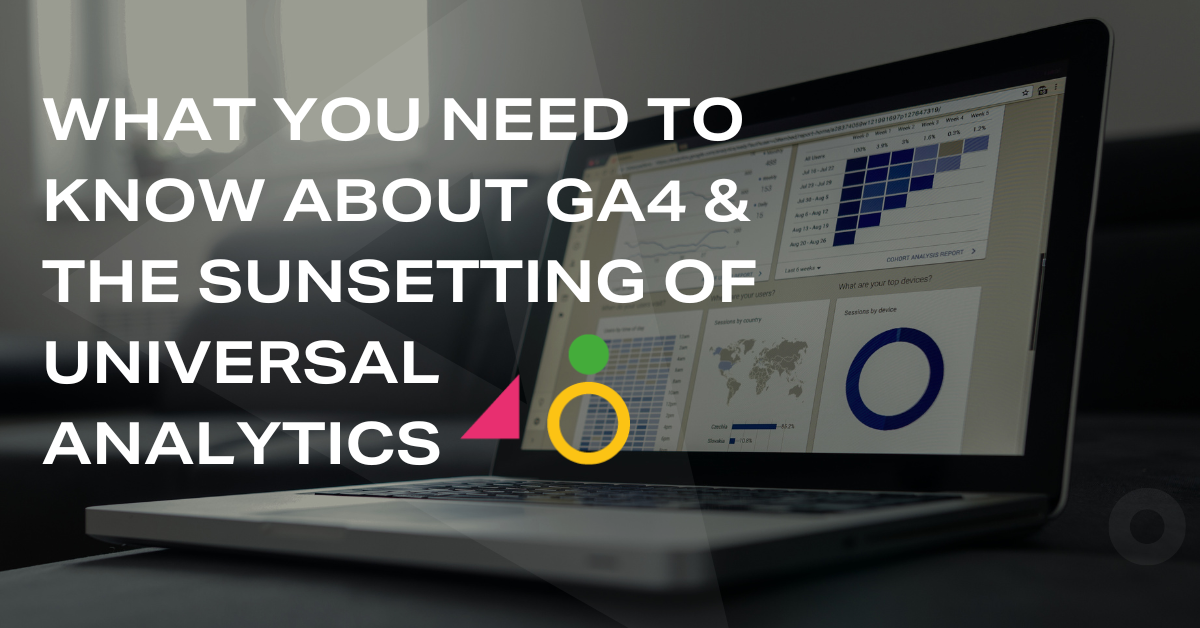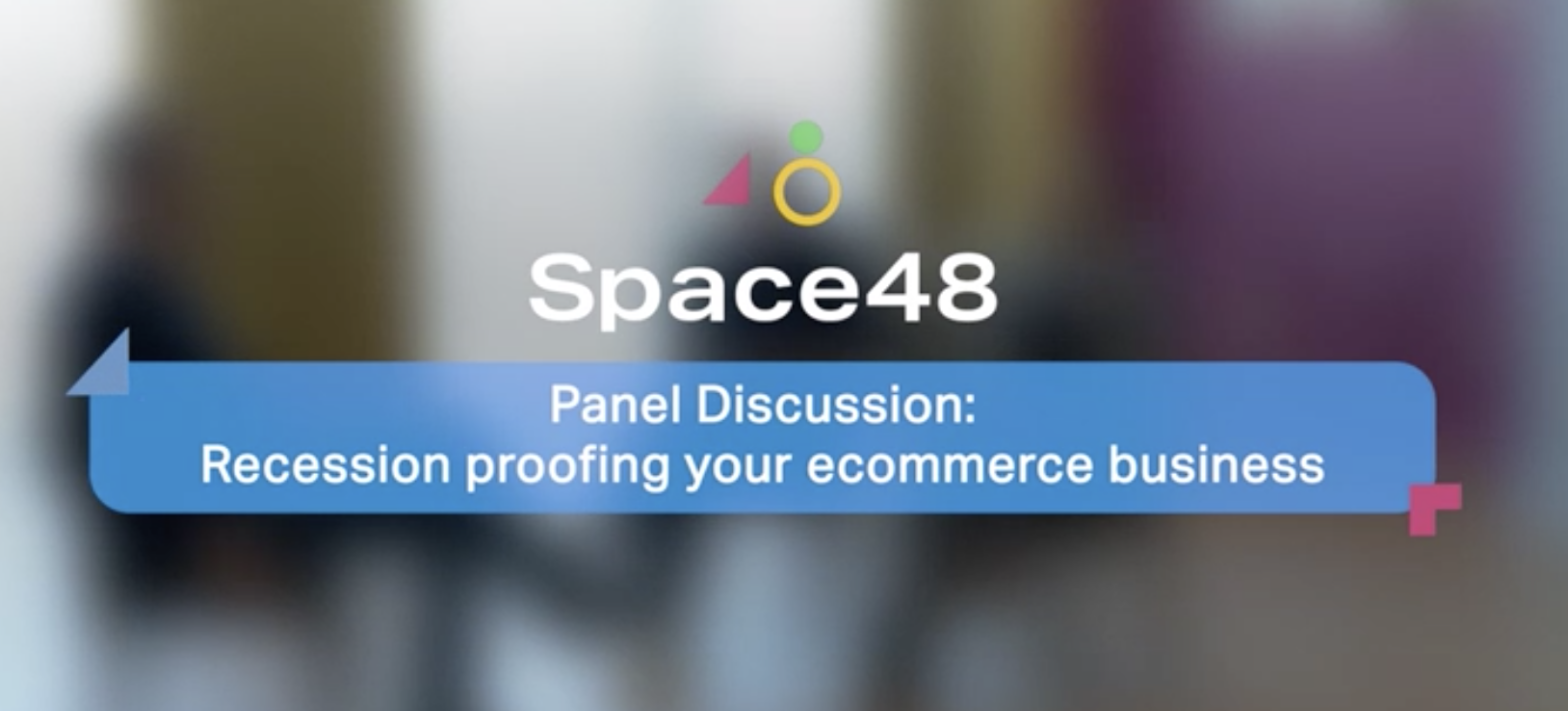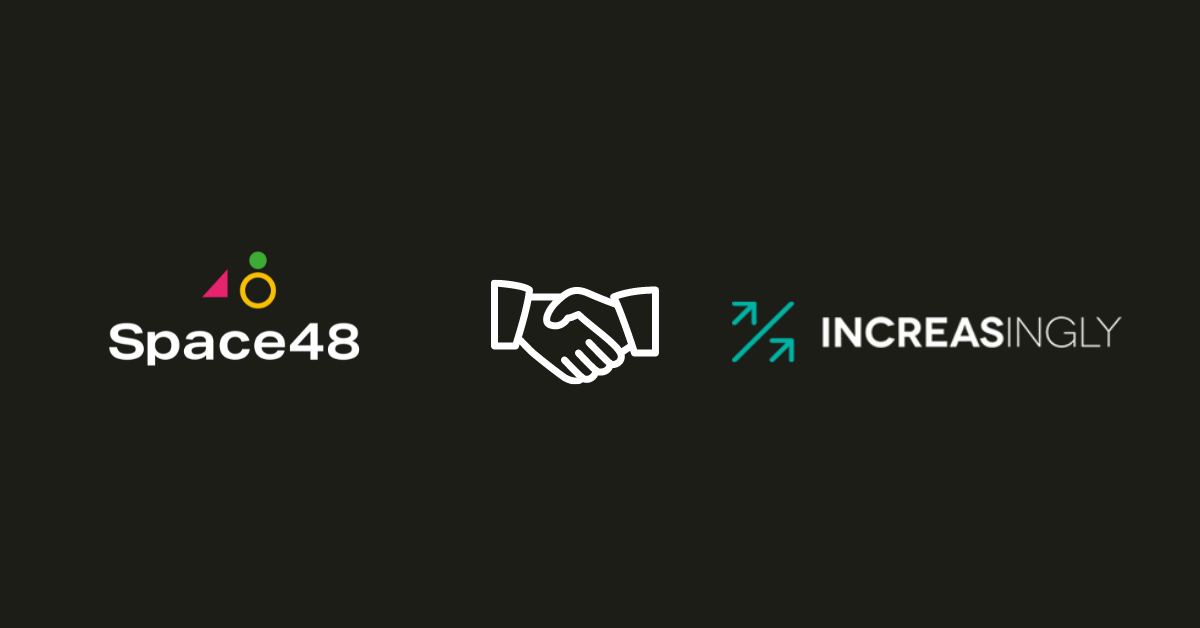
The Future of B2B in eCommerce
eCommerce is an extremely fast paced, rapidly changing industry which makes things extremely exciting for those in it, but it can also be hard to keep up. Technology advances by the day and with that, brings more tools for businesses to shape their eCommerce presence. Platforms, integrations and most importantly strategies are changing on a monthly basis and it’s clear that there is a rapid shift in customer expectations.
eCommerce has been traditionally very focused on B2C, but now we are coming to realise that B2B shoppers have the same consumer needs as B2C customers. Forrester have estimated that by 2020 the B2B eCommerce industry is on track to double B2C, and we can certainly see the shift in focus. Gone are the days of picking up the phone to place an order or faxing one across written in pen and paper. Customers expect ease of use when completing a purchase and they want their journey to be as frictionless as possible. A B2B customer is no different than a B2C one. If anything, the focus on B2B is more important as people are shopping as part of their job, and so a quick an easy process is perhaps more important.
In the technological age we are in, where we are now able to use AI to see how a sofa would look in our home, customers have high expectations about their online experiences and what they can achieve through a website. Whether this is B2B or B2C, it really is no different. UX is certainly the foundation of any eCommerce business’ success and is key to delighting your customers, and increasing conversions. We’ve seen instances where making very small changes to a checkout process, can increase conversions by over 40% in B2C (https://www.space48.com/casestudies/charlotte-tilbury) and it’s these considerations and adaptation to allow for current and future shopping habits, that can keep a retailer in business. It’s the same B2C customer that moves to being a B2B customer in during the day so a high quality user experience is vital to ensure you get the sale.
Providing B2B customers with more self service functionality is beneficial for a number of reasons. Your customer is happy, can find information more easily, and the chances of them continuing to use your website following this positive experience is much higher. We all know how busy a workday can be and we expect to log on and see our order history, request a quote or download outstanding invoices. We don’t expect to have to pick up the phone and do this. Another positive of providing this functionality in B2B is the operational impact it has. More self service means less time consumed by your customer service team, leaving more time to generate business. At Space 48, when we look at a website project, we start with a discovery process that has a huge focus on the organisation operationally. We look at where efficiencies can be made, by providing functionality to users that makes the process easier on both sides. It’s amazing how a small piece of functionality can have such a financial impact and save thousands or millions of pounds. Coupled with happy returning customers and boosted revenue, it’s a killer strategy.
One of the things that is vital to providing this functionality is the ecommerce platform itself. Every platform is different and provides different functionality, which is why it’s critical to map out the needs of your business and your users before you even think about looking at platforms. The most successful B2B businesses will spend time considering the most important B2B functions that will be vital to their growth and providing a fantastic service for customers. Only then will they dig deeper into platforms and analyse what fits in with them. Although it’s very easy to focus on business needs as they are now, and choose the platform that fits, the most important thing is thinking about the business needs for the next 10 years, and making sure that platform has room to scale and grow. We’ve seen a massive increase in the attention given to B2B by ecommerce platforms. This competition is pushing the market forward in terms of what can be done out of the box, making them more attractive as B2B solutions. No longer do you need to invest in custom development to provide the minimal viable product for moving B2B transactions online. This trend will continue as third-party vendors catch up with their own features via integrations to fill gaps in each ecommerce platforms products. Hopefully we’ll also see greater integration between different systems used within B2B businesses to facilitate a high quality engagement with customers.
B2C has come a long way with marketing and the tools available to help retailers and most of these tools work equally as well in B2B. Triggered emails and automated workflows are a real missed opportunity in B2B and are an easy implementation to maximise income.
Personalisation is a fantastic opportunity for B2B retailers, particularly those with large product catalogues. Adding cross sells and related products can become unwieldy but integrating tools such as Nosto helps to automate this process intelligently, and increase average order value and overall revenues. Fast intelligent search is another key part of B2B to facilitate the quick buy functionality without needing a separate quick order form. The use of AI is on the rise and we will only see a positive impact from this, as is the rise of voice search. By the end of 2020, it’s estimated that 50% of all online searches will be voice searches. Given that 90% of B2B customers research on their mobile before they make a purchase, this should definitely be a part of B2B strategy. Voice search is no longer this new futuristic technology and if retailers don’t tap into that, they risk being left behind. There’s a lot of potential in B2B such as incorporating Alexa to facilitate reorders of regularly purchased items.
The future of B2B is an interesting one as I’m sure we will start to see a catch up with B2C and a rise of retailers adding more and more functionality into their websites and more intelligent technologies to push them forward.





